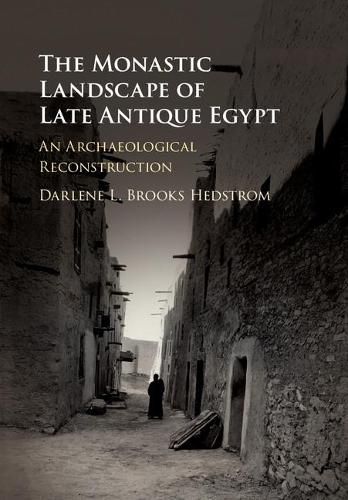Readings Newsletter
Become a Readings Member to make your shopping experience even easier.
Sign in or sign up for free!
You’re not far away from qualifying for FREE standard shipping within Australia
You’ve qualified for FREE standard shipping within Australia
The cart is loading…






Darlene L. Brooks Hedstrom offers a new history of the field of Egyptian monastic archaeology. It is the first study in English to trace how scholars identified a space or site as monastic within the Egyptian landscape and how such identifications impacted perceptions of monasticism. Brooks Hedstrom then provides an ecohistory of Egypt’s tripartite landscape to offer a reorientation of the perception of the physical landscape. She analyzes late-antique documentary evidence, early monastic literature, and ecclesiastical history before turning to the extensive archaeological evidence of Christian monastic settlements. In doing so, she illustrates the stark differences between idealized monastic landscape and the actual monastic landscape that was urbanized through monastic constructions. Drawing upon critical theories in landscape studies, materiality and phenomenology, Brooks Hedstrom looks at domestic settlements of non-monastic and monastic settlements to posit what features makes monastic settlements unique, thus offering a new history of monasticism in Egypt.
$9.00 standard shipping within Australia
FREE standard shipping within Australia for orders over $100.00
Express & International shipping calculated at checkout
Darlene L. Brooks Hedstrom offers a new history of the field of Egyptian monastic archaeology. It is the first study in English to trace how scholars identified a space or site as monastic within the Egyptian landscape and how such identifications impacted perceptions of monasticism. Brooks Hedstrom then provides an ecohistory of Egypt’s tripartite landscape to offer a reorientation of the perception of the physical landscape. She analyzes late-antique documentary evidence, early monastic literature, and ecclesiastical history before turning to the extensive archaeological evidence of Christian monastic settlements. In doing so, she illustrates the stark differences between idealized monastic landscape and the actual monastic landscape that was urbanized through monastic constructions. Drawing upon critical theories in landscape studies, materiality and phenomenology, Brooks Hedstrom looks at domestic settlements of non-monastic and monastic settlements to posit what features makes monastic settlements unique, thus offering a new history of monasticism in Egypt.